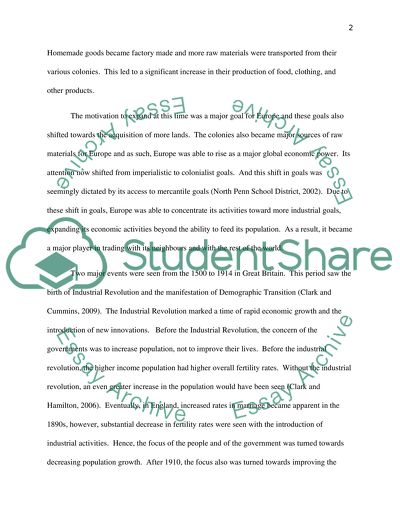Cite this document
(“What were the major features of economic change in Europe in the Essay”, n.d.)
Retrieved from https://studentshare.org/history/1441621-what-were-the-major-features-of-economic-change-in
Retrieved from https://studentshare.org/history/1441621-what-were-the-major-features-of-economic-change-in
(What Were the Major Features of Economic Change in Europe in the Essay)
https://studentshare.org/history/1441621-what-were-the-major-features-of-economic-change-in.
https://studentshare.org/history/1441621-what-were-the-major-features-of-economic-change-in.
“What Were the Major Features of Economic Change in Europe in the Essay”, n.d. https://studentshare.org/history/1441621-what-were-the-major-features-of-economic-change-in.


